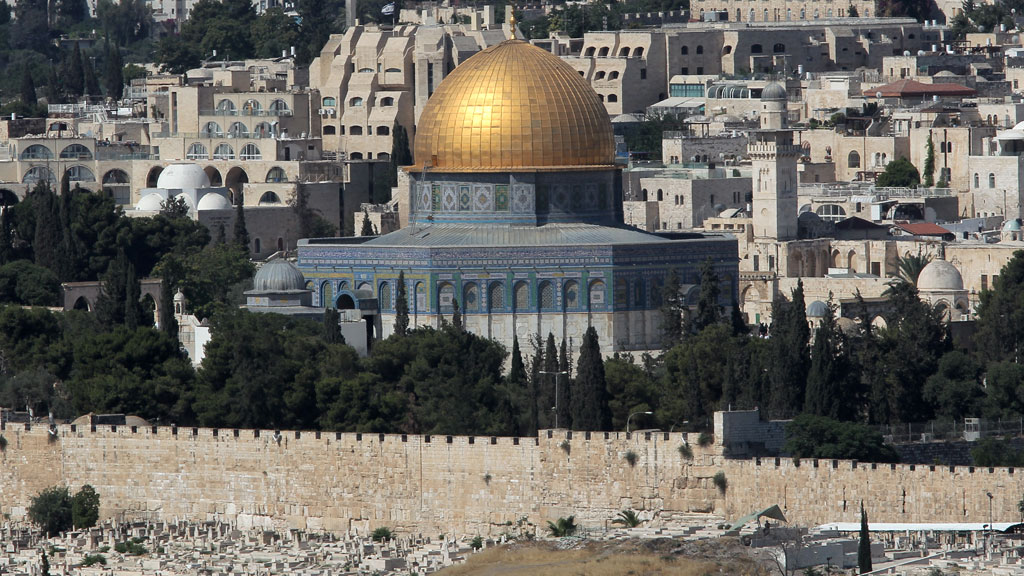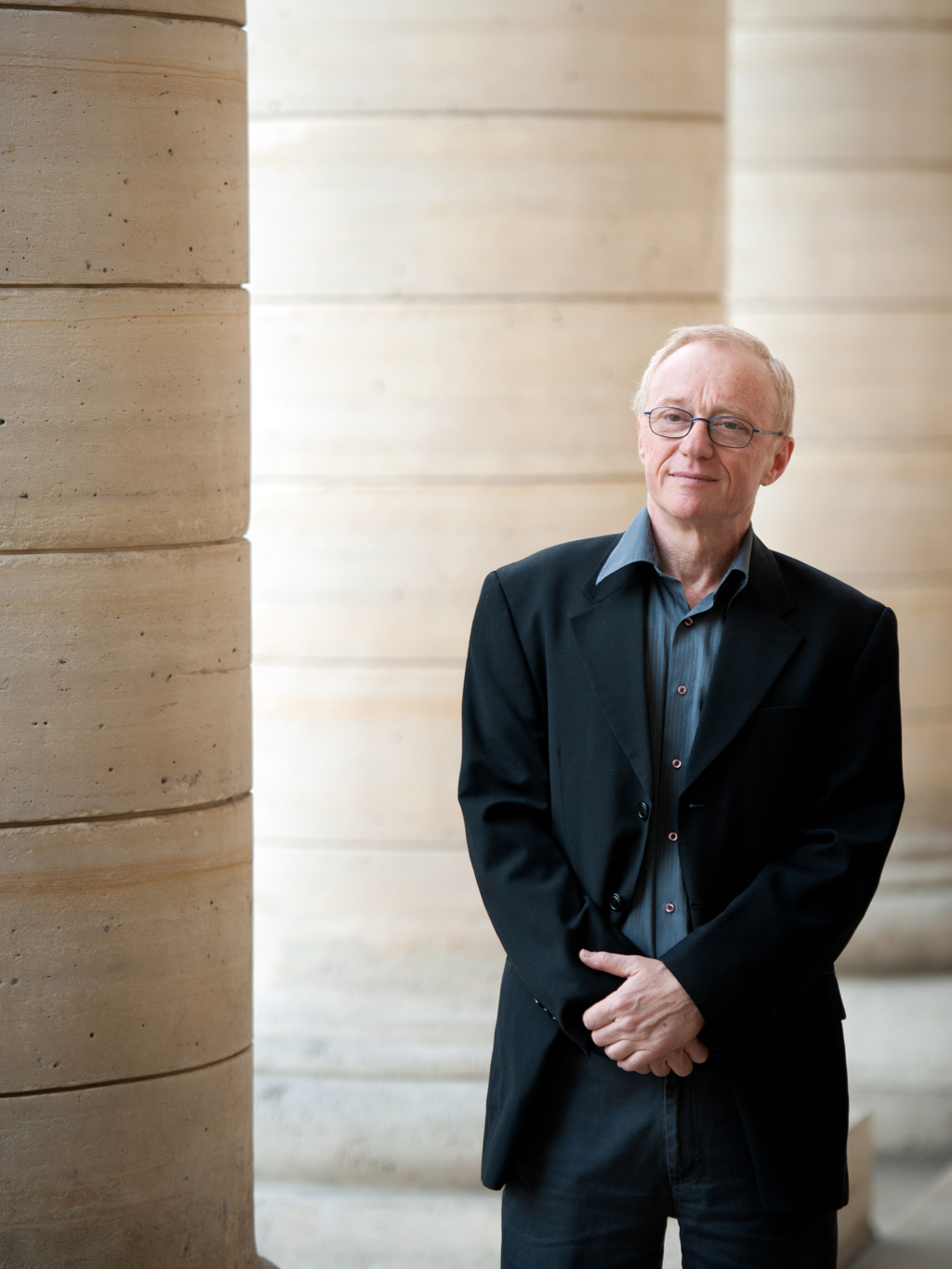Strife at the foot of the Temple Mount

The planned and approved building will be connected by a tunnel to the City of David, an Israeli archaeological excavation site directly alongside. It will also serve as the City of David's visitor and administration centre, car park, and entrance. A road dating back to the time of King Herod and now situated underground is also to be the link connecting the site to the tunnel system under the Wailing Wall.
For many years, the excavation work and the presentation of the finds from the City of David, both of which are funded by the Elad Foundation, an organisation with close ties to right-wing settler groups, have been fraught with controversy.
Israeli archeologists accuse Elad of not maintaining sufficiently high academic standards in its excavation work. They also claim that the interpretation of the archeological discoveries adheres too closely to the biblical narrative and is politically motivated. Moreover, they claim that the excavations are endangering the houses of the district's Palestinian residents, who themselves are denied building rights, while the foundation has used its influence to move increasing numbers of militant Jewish settlers into the area.
The Elad Foundation is also behind the planned museum and its 16,000 square metres of exhibition space, where the on-site finds will form part of an exhibition. Since 2005, Elad has been financing rescue excavations on the site of a former car park and has justified the work on the grounds that an underground garage was to be built here.
Lack of evidence
In light of the abundance of archaeological discoveries, a plan emerged to maintain the site as a tourist attraction. Digs have brought to light artefacts primarily from the Byzantine, Roman, and early Islamic eras.
Broken pottery with fragments of a Hebrew inscription from the early Islamic period was discovered. However, because it could not be reconstructed, the find could not be used to prove that Jews settled here under the rule of Caliph Umar ibn al-Khattab (634–644). Nor is there evidence to support the assertion that a shaft from Roman times could have served as a hiding place for Jewish rebels. Architectural remains from the Iron Age are of uncertain origin and cannot, similarly, be classified as Jewish.
Probably the most important discovery made during the excavations concerns the Roman era. Remains of an unusually large villa with a column passageway were found, proving that this area was also settled by the Romans. As a result, previous assumptions as to the extent of the Roman colony Aelia Capitolina had to be revised.
As yet, plans remain vague as to how the excavation site will be incorporated into the projected, mostly underground museum, in which the lowest two levels are to be reserved as exhibition halls.
This is only one of the criticisms levelled at the project by three Israeli initiatives and one Palestinian initiative, which have all filed objections to the building project with the city's building authorities. The most respected of these initiatives is supported by a group of 35 Israeli historians, sociologists, artists and writers, including the novelist David Grossman and the architectural historian David Kroyanker.
Threat to Jerusalem's precious architectural heritage
The groups complain that the construction project violates a whole range of city building regulations. The size and location of the museum would massively alter the cityscape of Jerusalem and cause "serious and irreparable damage to the precious architectural heritage of the city."
In addition, locating the museum directly in front of the Muslim section of the Wailing Wall could be seen as an act of provocation and could, at worst, "set the entire region alight". Critics insist that the fact that a private foundation has been allowed to pursue its own interests unimpeded at such a politically sensitive site must be debated in public.

Another argument is that the close proximity of the planned museum to the Old City Wall would entail a radical break with a Jerusalem urban planning tradition that stretches back to the time of the British mandate. Even back then, there was an insistence on keeping a construction-free zone around the Old City Wall. Shortly after 1967, city authorities anchored this principle in the local building code. From then on, any new construction had to maintain a distance of at least 75 metres from the wall. Opponents of the museum project therefore find it not only incomprehensible, but completely inacceptable that this guideline was ignored during the construction approval process.
Violation of building codes
The height of the project constitutes another transgression of the city's building code. With a low dome at the highest point of its roof, the museum would be just under 13 metres lower than the city wall, thereby blocking the view of the Old City from many surrounding locations. Intellectuals further invoke UNESCO's strict rejection of the Elad Foundation's building plans.
These critics, as well as the Israeli Jerusalem-based NGO Ir Amin (Multi-ethnic City) and the local archeological association Emek Shaveh (Shared Plain), complain that the Palestinian residents of Silwan were at no time consulted on the plans. And despite the fact that it is much more urgent that these very Palestinian residents get funding and permission to build sorely needed educational and social facilities, they are rarely ever granted construction permits by the city authorities. These arguments have also been raised by more than 40 Palestinian residents, who have themselves filed an objection.
Their spokesman, the lawyer Sami Irshid, sees the building project in the political context of Israel's expansive settlement policy in East Jerusalem. The goal is, he says, to present the Palestinians with a fait accompli at the expense of the Palestinians living in Silwan – and that in a district whose political future is still a matter of negotiation.
According to Ir Amim and Emek Shaveh, there are also fears that the planned building project, currently known as Mitcham Kedem (antiquity site), could be assigned a completely different function. In its previous legislative period in May 2012, the Netanyahu government proposed the erection of a national "Shrine of the Bible" at the site. Although the government bill passed the first parliamentary hurdle, plans for the shrine have since been put on the back burner. Moreover, the bill never stated where exactly in Jerusalem the shrine was to be built.
Joseph Croitoru
© Qantara.de 2014
Translated from the German by John Bergeron
Editor: Aingeal Flanagan/Qantara.de